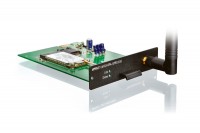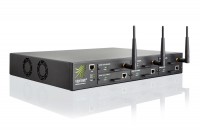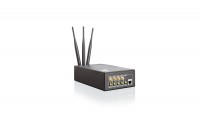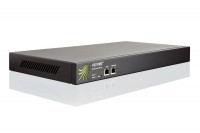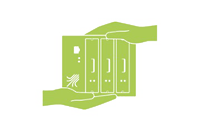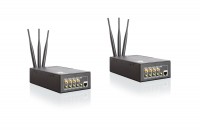Unified Communications based on bundled DSL, UMTS / 3G and LTE / 4G
Communicate as if you were there
Unified Communications is the convergence of different communication channels: from email and instant messaging, presence management, telephony - whether VoIP or traditional, whether with image or only sound - to sophisticated, data-intensive applications like data and web conferencing.
Your benefits from unified communications based on the bonding of DSL, UMTS / 3G and LTE / 4G:
- Bonded transmission media are the appropriate vehicle for bonded communication channels.
- With its fine-grained and freely configurable Quality-of-Service classes, Viprinet provides the proper bonding technology for each Unified Communications infrastructure.
- The unique latency management of Viprinet guarantees that communication channels sensitive in terms of signal propagation time utilize the appropriate media.
- The built-in "traffic shaping" discloses more possibilities to control the bonding. Thus, each traffic type is optimally transported.
- Reliable links and redundant central components (Hubs) safeguard the backbone of enterprise communication.
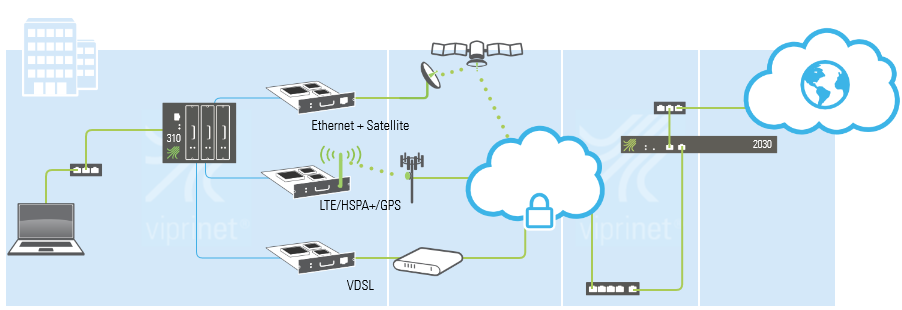
Unified Communications - the art of combining various kinds of media and data optimally
Unified Communications doesn't denominate a new technology, but rather the convergence, the merging of already established functions in the field of communication. Why do companies and organizations invest in Unified Communications? The answer is: Because Unified Communication stands for the standardized introduction of communications functions into business processes. Here, it doesn't matter whether the business processes take place only within an organization, or whether they concern customers, business partners, suppliers or other institutions.
The more business processes are spread, the greater is the risk that single or major organizational units don't have appropriate network connectivity to the central Unified Communications systems. As a consequence, business processes can be carried out either not at all or only partially. The users' quality-of-experience is negative, resulting in acceptance issues. By that, the main advantage of unified communications, namely the tight integration of wide-spread organizational units, is destroyed.
Viprinet bonds media such as DSL, UMTS / 3G and LTE / 4G, in order for Unified Communications to be able to bundle multiple communications channels.
Like no other provider, Viprinet has the ability to always adequately connect wide-spread organizations / organizational units with its bonding technology. This applies to stationary connections (branch offices, locations, facilities) as well as mobile units. The composition of the media and the configuration of the bonding can be matched exactly to the conditions and requirements on site. This is possible because Viprinet bundles all available media like DSL, UMTS / HSPA+ / 3G, CDMA and LTE / 4G in any combination to a virtual leased line that provides sufficient bandwidth, features high reliability, dynamically prioritizes different types of traffic, and thus perfects the user experience. Without Viprinet bonding, Unified Communications is not fully implemented.

